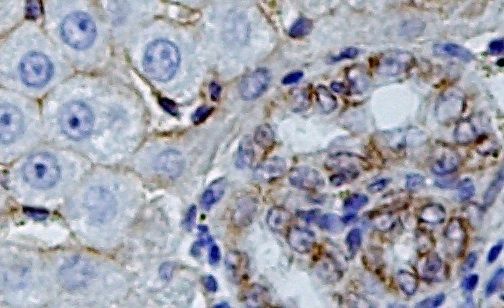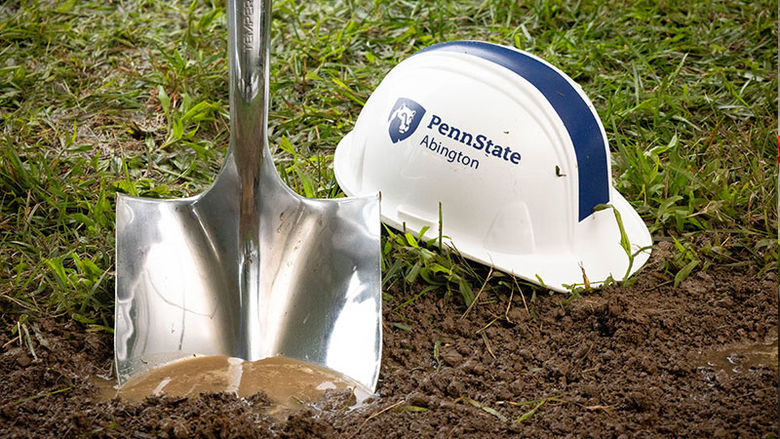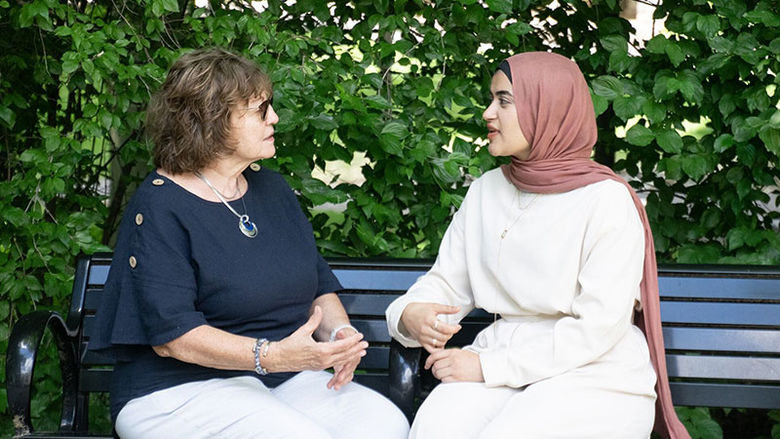The International Journal of Physiology, Pathophysiology and Pharmacology published the manuscript based on their work, Aging impairs induction of redox factor-1 after heat stress: A potential mechanism for heat-induced liver injury. Steven A. Bloomer, assistant professor of biology, mentored Abington students Leslee Sholomskas and Kate Roche in the lab.
"Our experiments model what humans would experience during a heat wave - repeated exposures to hot environmental temperatures, resulting in increases in body temperature or hyperthermia," said Bloomer, whose research into aging and heat-related illness traces back more than a decade.
"We demonstrated that aging impairs the ability to increase levels of the protective protein redox factor-1 (Ref-1) after hyperthermia," he explained. "The result suggests the inability to increase Ref-1 contributes in part to the decline in physiological stress tolerance that is typically observed with aging."
The cellular pathway they identified could be targeted therapeutically to improve outcomes in the elderly since they tend to suffer more severe heat-related illness than younger populations.
"The skills I obtained working on this project contributed greatly toward securing my first job as a manager in a cancer lab," Leslee Sholomskas
The study began several years ago with funding Sholomskas received from an Erickson Discovery Grant from Penn State. Sholomskas, who contributed significantly to data collection, is the lead author on the resulting manuscript.
Biology majors Sholomskas and Roche agreed the partnership was transformative in forming a bridge between classes and the lab.
"The skills I obtained working on this project contributed greatly toward securing my first job as a manager in a cancer lab," Sholomskas, who also learned to write grants, said.
Sholomskas, a 2012 Abington graduate, completed her master's in human nutrition at Drexel University and earned a dietetic internship at the prestigious Yale New Haven Hospital.
"Dr. Bloomer became my mentor, and we have a lasting friendship on the foundation of the scientific work we did together," she said. "It strengthened my resume and my love of biology and the associated sciences."
"I gained an enormous appreciation for the work scientists do and the rewards and frustrations inherent to the process of research. It helped me connect ideas for a much broader understanding." Kate Roche
Roche, who in addition to her biology degree also earned an art degree in 2014 at Abington, worked with Bloomer for a year.
"I gained an enormous appreciation for the work scientists do and the rewards and frustrations inherent to the process of research," said Roche, who works as a research associate at an early state drug discover company. "It helped me connect ideas for a much broader understanding."
More than a decade into working with undergraduates, Bloomer said the benefits are evident.
"Students bring new ideas that inform laboratory techniques, but more importantly, they provide ideas about research topics that have steered the research in my laboratory in new directions," he said.
Funding for the project included awards from Abington Faculty Development Grants and support from ACURA, the Abington College Undergraduate Research Activities.



